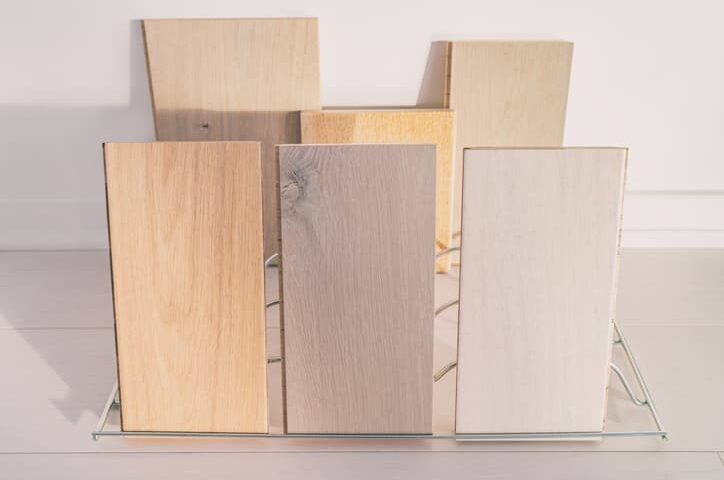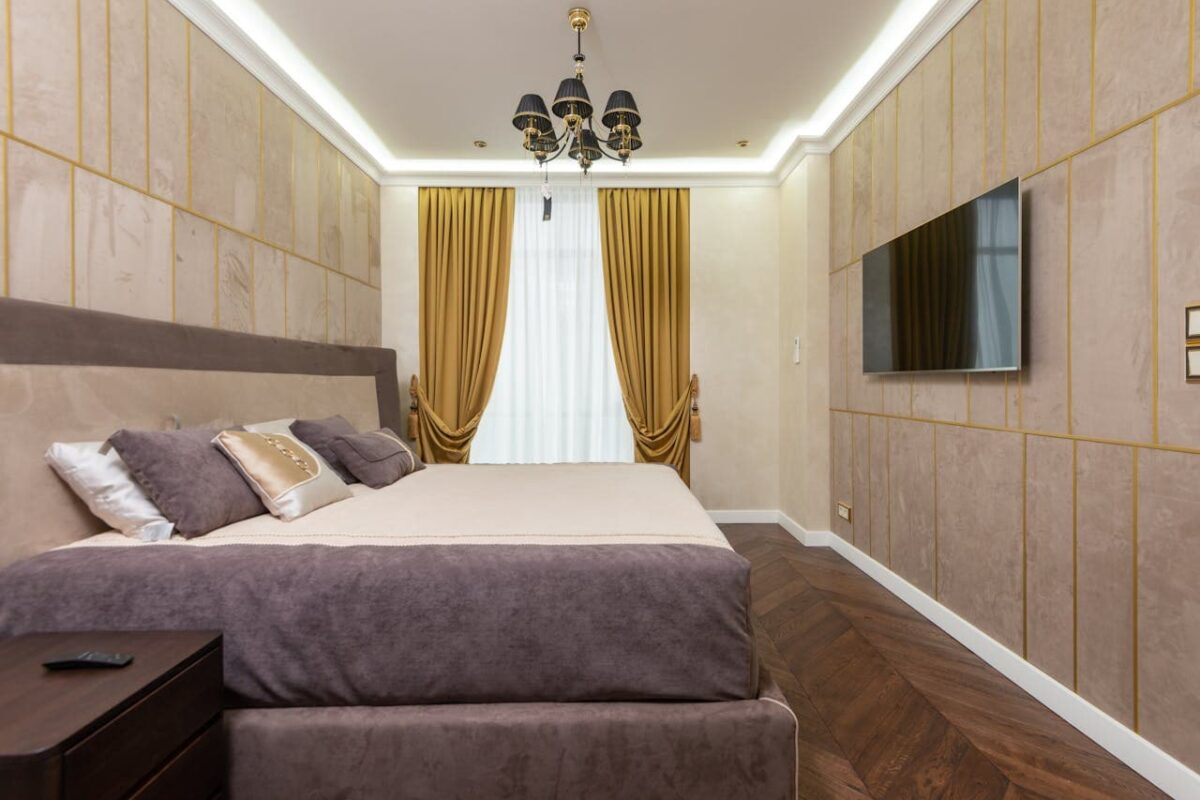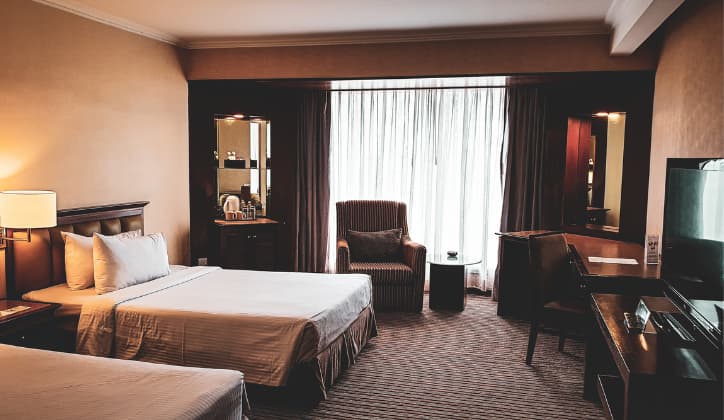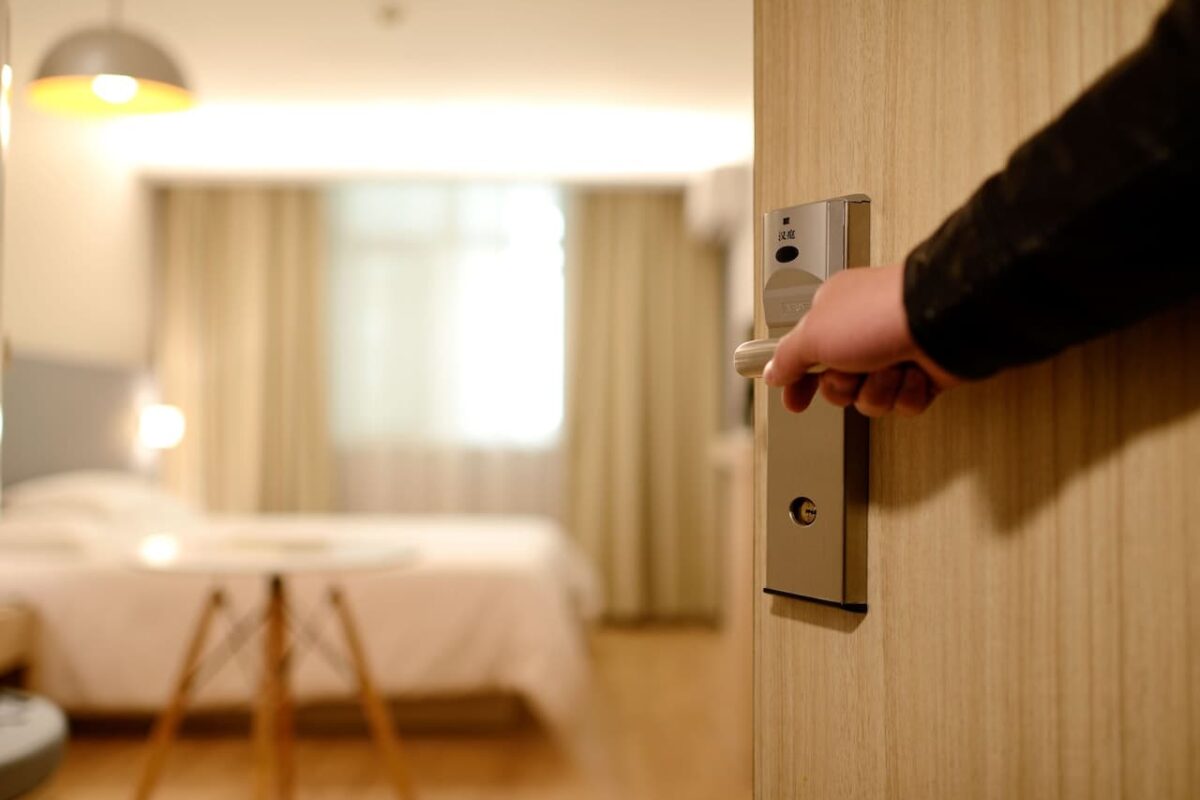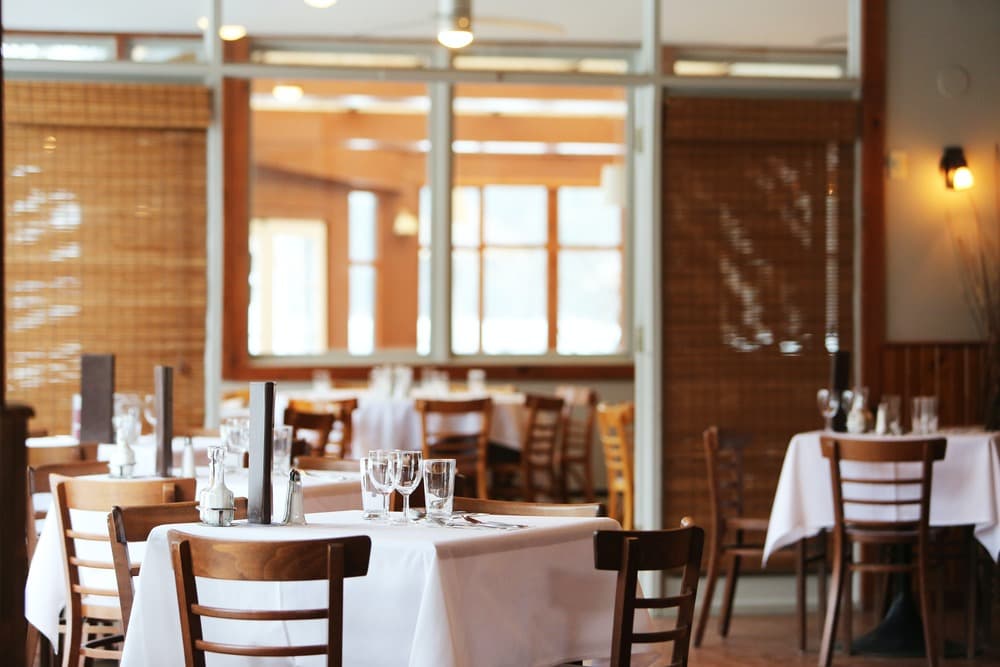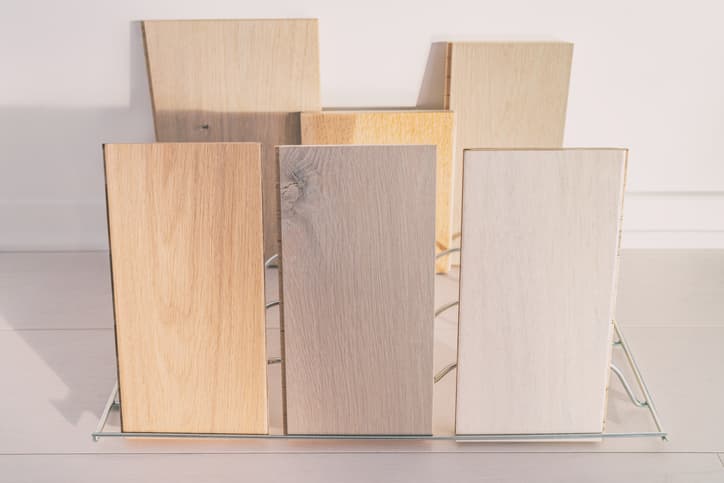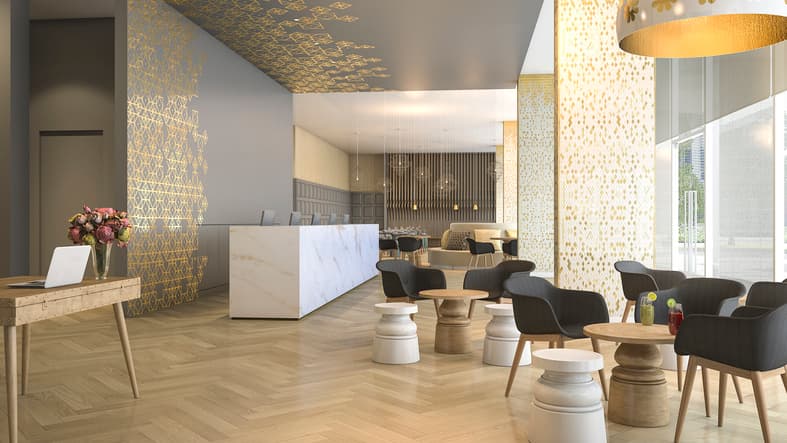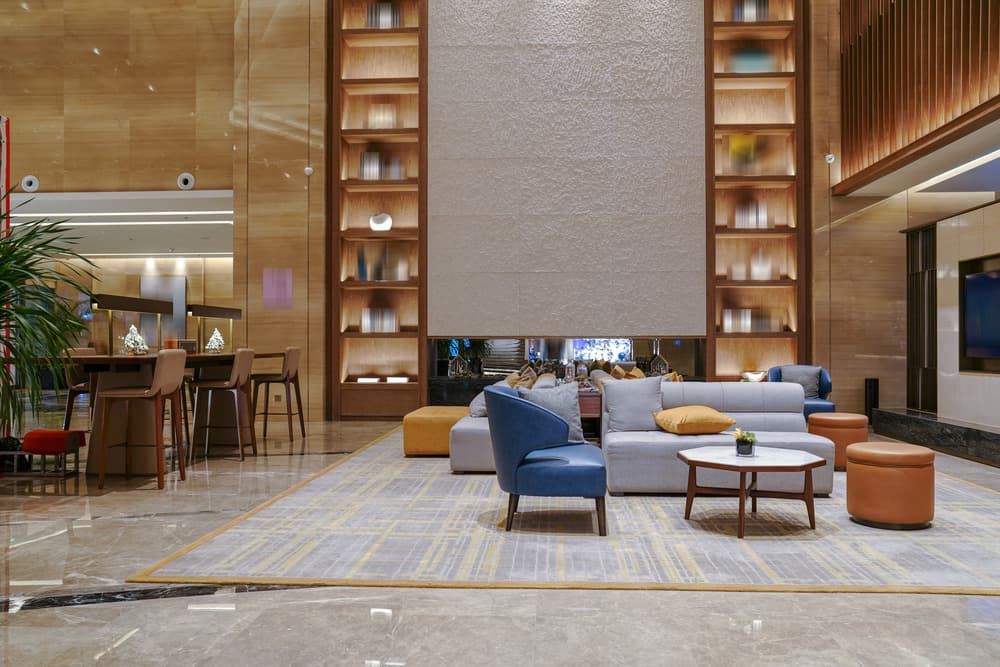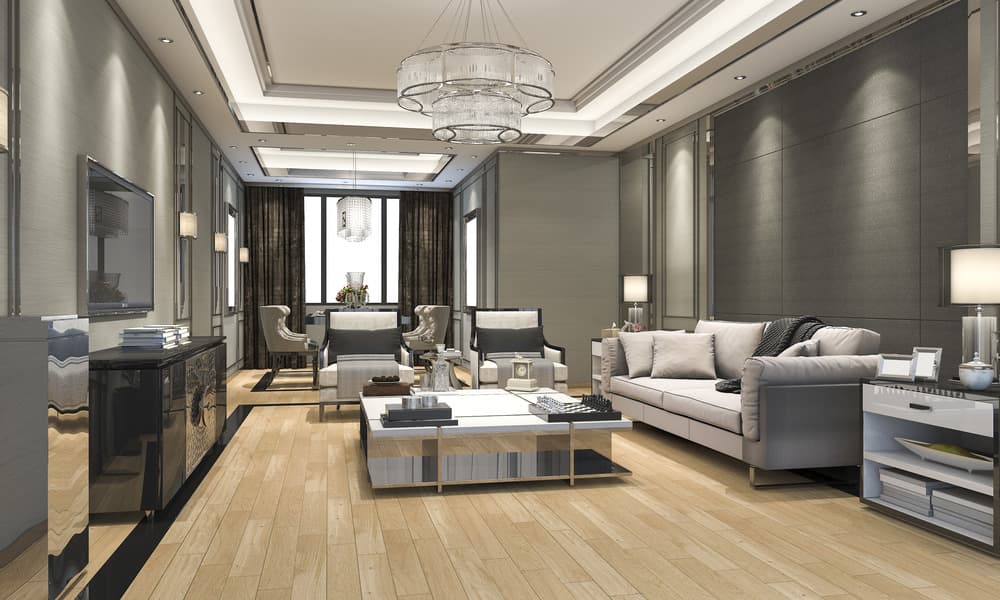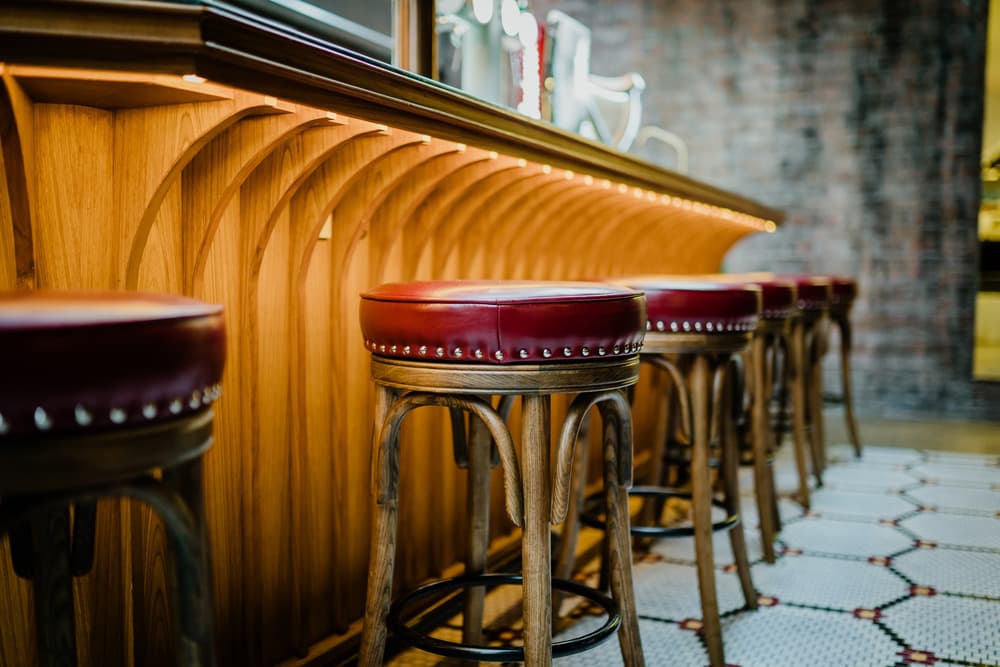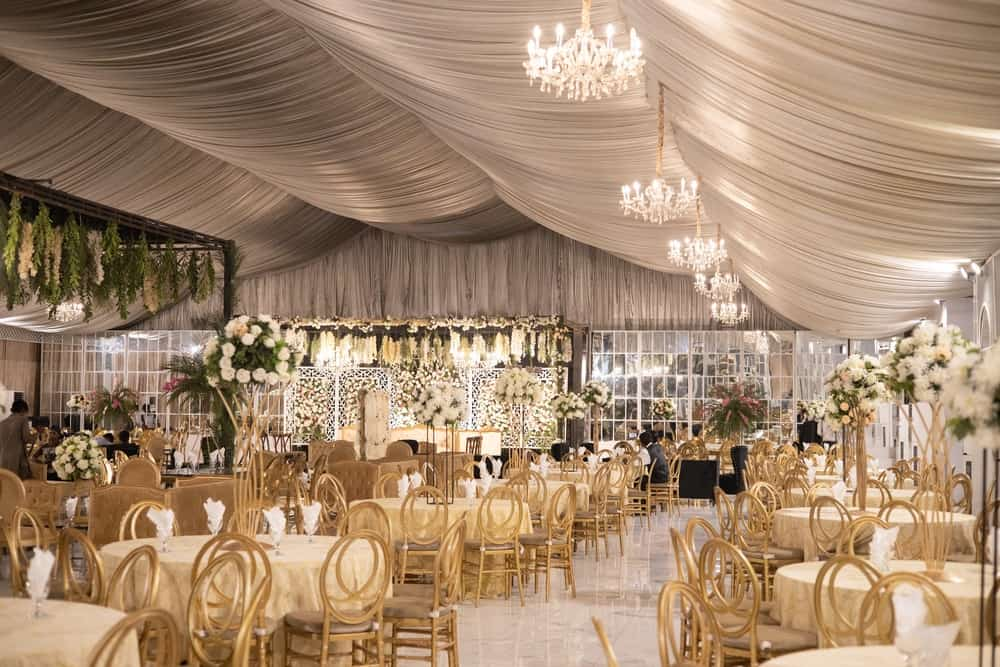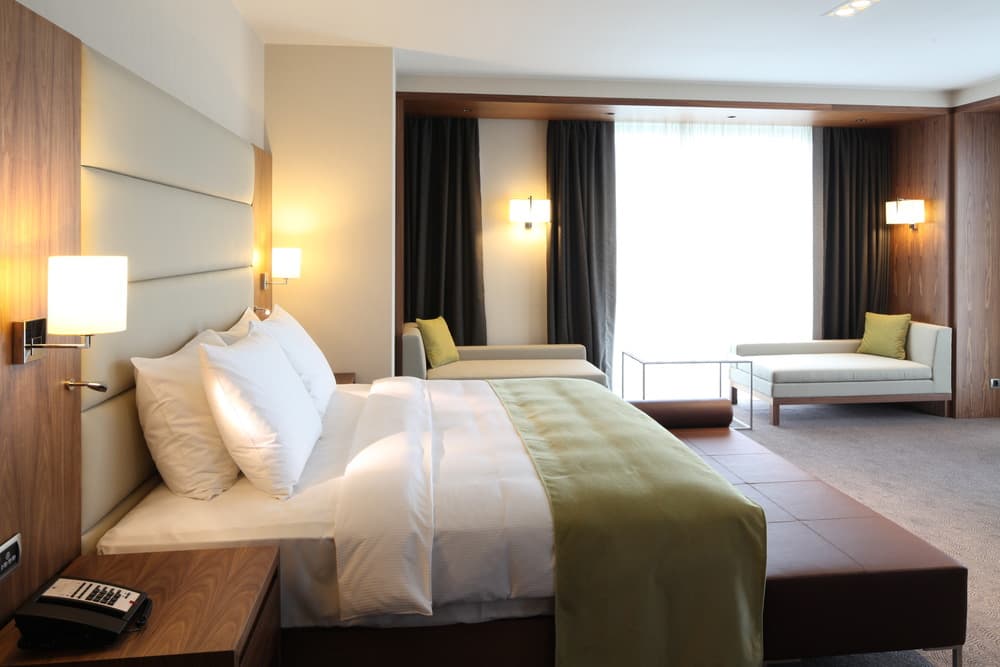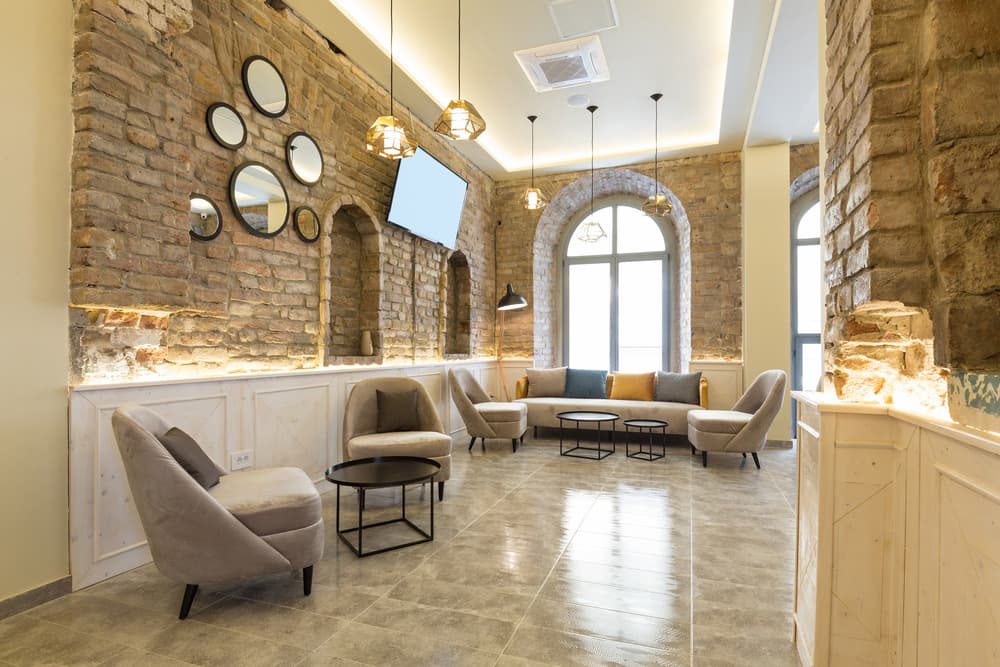
Upgrade Your Hotel Guest Room Furniture: Enhance Comfort and Style
August 21, 2023
Restaurant Furniture Ideas for Creating a Modern and Stylish Atmosphere
September 14, 2023Table of Contents
ToggleWhat materials are hotel furniture constructed from?
Hotel furniture is typically constructed from a variety of materials, depending on the desired style, durability, and budget. Some of the most common materials used in hotel furniture construction include veneer, hardwood, solid wood, engineered wood, and metal frames.
Veneer is a thin layer of hardwood that is typically adhered to a less expensive material, such as plywood or particleboard. It provides a beautiful finish and is often used for decorative purposes, giving the furniture a high-end and modern look. However, veneer may not offer the same longevity and durability as solid wood.
Hardwood, on the other hand, is a popular choice for hotel furniture due to its natural beauty and strength. It is commonly used for high-quality pieces that are designed to withstand heavy use and provide a more traditional and luxurious feel. Solid wood furniture is crafted from a single piece of natural timber, offering exceptional durability and a timeless appeal.
Engineered wood, also known as composite wood or manufactured wood, is made by binding together wood fibers, particles, or veneers with adhesives. This material is often used in hotel furniture construction due to its cost-effectiveness, stability, and resistance to warping or cracking. Engineered wood can be finished with veneers or laminates to mimic the appearance of solid wood, making it a versatile choice for contemporary hotel designs.
In addition to wood, metal frames are commonly used in hotel furniture construction, particularly for chairs, tables, and outdoor pieces. Metal frames offer stability and durability, making them ideal for high-traffic areas. They can be made from materials such as steel, aluminum, or wrought iron, depending on the desired aesthetic and level of durability required.
What materials are hotel furniture constructed from?
Hotel furniture is typically constructed from a variety of materials, depending on the desired style, durability, and budget. Some of the most common materials used in hotel furniture construction include veneer, hardwood, solid wood, engineered wood, and metal frames.
Veneer is a thin layer of hardwood that is typically adhered to a less expensive material, such as plywood or particleboard. It provides a beautiful finish and is often used for decorative purposes, giving the furniture a high-end and modern look. However, veneer may not offer the same longevity and durability as solid wood.
Hardwood, on the other hand, is a popular choice for hotel furniture due to its natural beauty and strength. It is commonly used for high-quality pieces that are designed to withstand heavy use and provide a more traditional and luxurious feel. Solid wood furniture is crafted from a single piece of natural timber, offering exceptional durability and a timeless appeal.
Engineered wood, also known as composite wood or manufactured wood, is made by binding together wood fibers, particles, or veneers with adhesives. This material is often used in hotel furniture construction due to its cost-effectiveness, stability, and resistance to warping or cracking. Engineered wood can be finished with veneers or laminates to mimic the appearance of solid wood, making it a versatile choice for contemporary hotel designs.
In addition to wood, metal frames are commonly used in hotel furniture construction, particularly for chairs, tables, and outdoor pieces. Metal frames offer stability and durability, making them ideal for high-traffic areas. They can be made from materials such as steel, aluminum, or wrought iron, depending on the desired aesthetic and level of durability required.
What are the different types of wood used in hotel furniture?
When it comes to wood, there are several options to choose from for hotel furniture construction. Oak is a popular choice due to its strength and durability. It has a beautiful grain pattern and can be finished in a variety of stains or paints to suit different design aesthetics.
Teak is another hardwood commonly used in hotel furniture. It is highly resistant to moisture, making it suitable for outdoor furniture or areas with high humidity. Teak furniture is known for its natural oils that help to protect it from rotting or warping, ensuring its longevity.
Mango wood is a sustainable and eco-friendly option that is gaining popularity in hotel furniture construction. It has a unique grain pattern and deep color, making it a visually appealing choice. Mango wood furniture is also known for its durability and resistance to cracking or splitting.
Which type of furniture material is best for hotels?
The best type of furniture material for hotels depends on several factors, including the desired style, budget, and level of durability required. Solid wood furniture is often considered the gold standard due to its exceptional longevity and timeless appeal. It is a popular choice for high-end hotels or establishments looking to create a luxurious and traditional ambiance.
Engineered wood is a more cost-effective option that offers stability and resistance to warping or cracking. It is a versatile choice that can mimic the appearance of solid wood, making it suitable for contemporary hotel designs. Engineered wood is a good choice for hotels with a moderate budget but still seeking durability and a modern aesthetic.
Metal frames are a popular choice for hotel furniture construction, particularly for chairs, tables, and outdoor pieces. They offer stability and durability, making them ideal for high-traffic areas. The choice of metal material, such as steel, aluminum, or wrought iron, depends on the desired aesthetic and level of durability required.
In terms of wood types, oak is a popular choice for its strength, durability, and beautiful grain pattern. It can be finished in a variety of stains or paints to suit different design aesthetics. Teak is another hardwood commonly used in hotel furniture, known for its resistance to moisture and natural oils that protect it from rotting or warping. Teak furniture is suitable for outdoor areas or places with high humidity. Mango wood, a sustainable and eco-friendly option, has a unique grain pattern and deep color, making it visually appealing. It is also durable and resistant to cracking or splitting.
Ultimately, the best type of furniture material for hotels depends on the desired style, budget, and level of durability required. Solid wood furniture is often considered the top choice for its longevity and timeless appeal, making it suitable for high-end hotels or establishments aiming for a luxurious and traditional ambiance. Engineered wood is a more cost-effective option that offers stability and resistance to warping or cracking, making it suitable for contemporary hotel designs. Metal frames, on the other hand, provide stability and durability, making them ideal for high-traffic areas.
When considering solid wood furniture, oak is a popular choice due to its strength, durability, and beautiful grain pattern. It can be finished in a variety of stains or paints to match different design aesthetics. Teak is another hardwood commonly used in hotel furniture, known for its resistance to moisture and natural oils that protect it from rotting or warping. Teak furniture is particularly suitable for outdoor areas or places with high humidity. Mango wood is a sustainable and eco-friendly option that offers a unique grain pattern and deep color, making it visually appealing. It is also durable and resistant to cracking or splitting.
For hotel owners and managers seeking a high-quality, durable furniture solution, it is important to consider the desired style, budget, and level of durability required. Solid wood furniture, such as oak or teak, is often the go-to choice for its longevity and timeless appeal. It creates a luxurious and traditional ambiance in high-end establishments. However, if budget is a concern, engineered wood can provide stability and a modern aesthetic at a more affordable price point. Metal frames are also a popular choice for their stability and durability, making them ideal for high-traffic areas.
In conclusion, when selecting furniture for hotels, it is crucial to consider factors such as style, budget, and durability. Solid wood furniture, such as oak or teak, offers longevity and a timeless appeal, making it suitable for high-end hotels. Engineered wood is a cost-effective option that provides stability and resistance to warping or cracking, making it ideal for contemporary designs. Metal frames offer durability and stability, making them perfect for high-traffic areas. By considering these factors and selecting the right material, hotel owners and managers can find high-quality, durable furniture solutions that meet their needs and create a stylish and welcoming atmosphere for guests.

